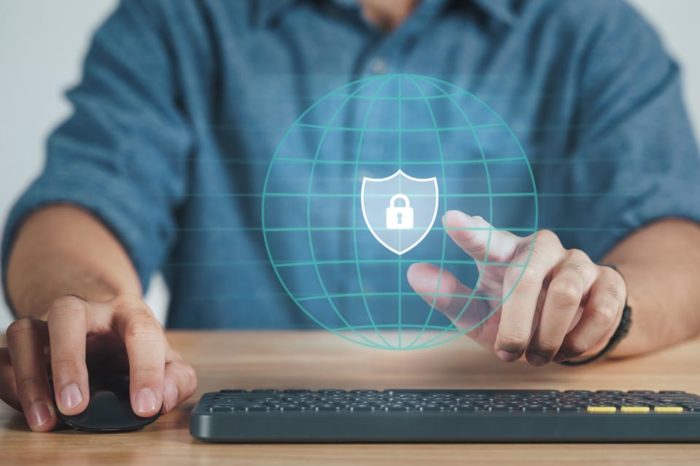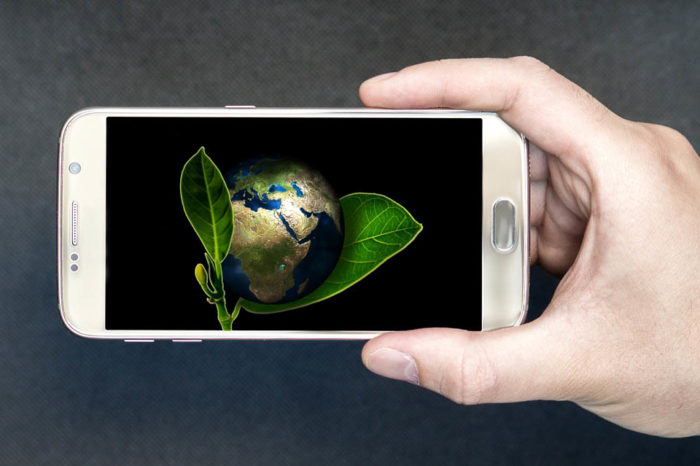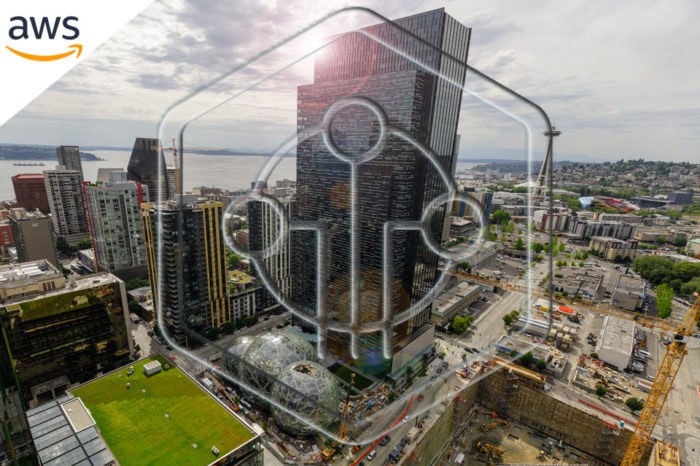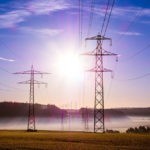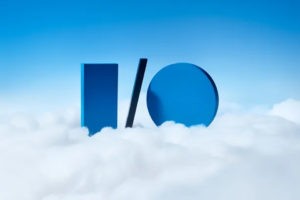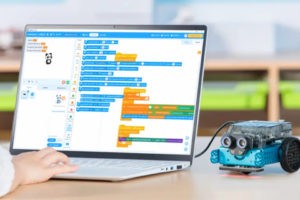Will 2019 be the year of digitization of the energy industry?
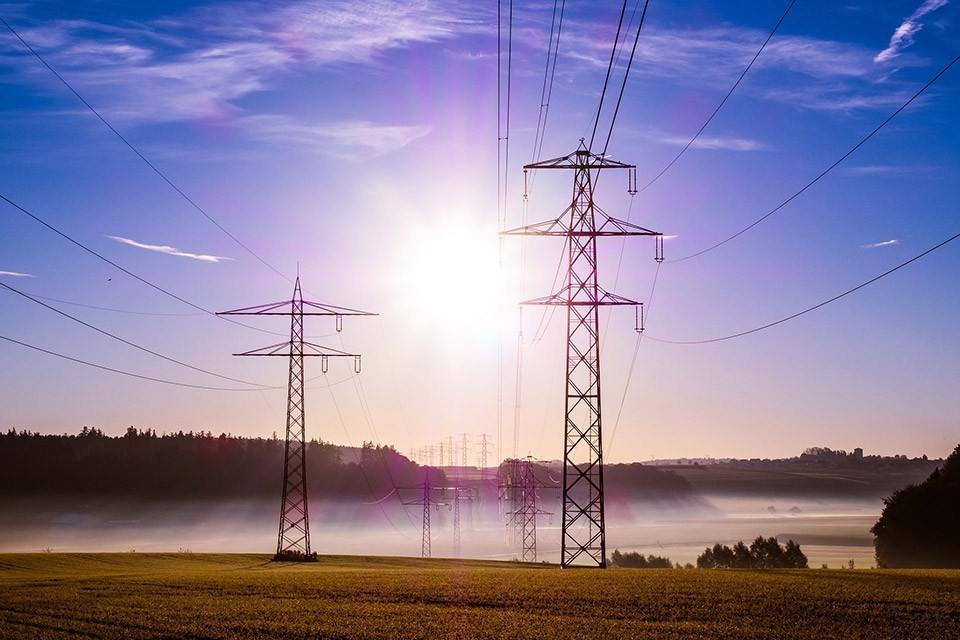
Digitisation in Germany is progressing at a rapid pace. More and more private households are firmly connected to the Internet of Things; a steadily growing number of companies are also taking advantage of the IoT to tap new potentials, optimize existing tasks and create added value for customers. In some industries, however, it is still difficult to make a breakthrough in the direction of “new territory” – also in the energy industry. But is the turn now coming?
While more and more private households are activating home cinema, game consoles or audio systems on call and, in the background, “smart plugs” (smart sockets) are also recording data on the current energy consumption of connected devices, the majority of users of such IoT technology are nevertheless tied to outdated supply networks and in standard deduction contracts with energy providers.
Smart Grid – the network of the (near?) future
Following a recent study by Rödl & Partner, 2019 could finally also be the year of digitization for the energy industry. However, this presupposes that producers and network operators acknowledge that a fundamental change from consumption-oriented generation to production-oriented consumption is not feasible without the technological developments of digitisation.
[“Rödl & Partner is an auditing and consulting company of German origin with its headquarters in Nuremberg. The company is represented by 4,700 employees at 111 locations in 51 countries. …” – Source: Wikipedia]
Turning conventional power plants and existing networks into smart grids requires considerable effort. Numerous decentralized generation capacities must be networked and controlled via the Internet of Things in order to automate energy generation and transmission according to energy consumption. In addition to far more efficient forecasting of electricity demand, this would also include optimized deployment plans for generating facilities in order to be able to supply peak periods – or to be able to maintain enough storage capacity for rest periods. Modern IoT sensors can also be used to optimize the maintenance and repair of generation plants – and thus reduce Smart Grid expenses.
Smart meters – the new metering devices
In order to be able to operate a future Smart Grid economically and ecologically successfully, not only generation plants and networks must be digitised – the consumers at the “other end” of the supply chain must also be equipped with appropriate devices.
“Intelligent meters (smart meters) are of central importance in enabling the digitalisation of the energy industry. After a nerve-wracking wait, the start of the rollout now seems possible across the board from 2019. The mandatory task for the grid sector could result in new business models for energy supply companies through ‘real-time data’. This makes it necessary to ‘rethink’ all areas of the company“. – Dipl.-Bw. Jürgen Dobler (Rödl & Partner)
In 2016, the German Bundestag passed the law for the digitalization of the energy revolution, according to which all mechanical Ferraris meters must be replaced by electronic meters by the year 2032.
Record, display and bill consumption transparently
Following the new legislation, a few suppliers already offer advanced measuring equipment. However, the vast majority of these new digital electricity meters (modern measuring devices, mME) are just that: digital. There is little evidence of intelligence there either. As a rule, they cannot transfer their collected data anywhere. These new electricity meters therefore do not do what the more expensive intelligent measuring systems (iMSys), i.e. the real “smart meters”, can do. However, these are only used by large-scale consumers or electricity producers – for example with PV systems on the roof – and are perhaps even somewhat oversized for the “normal household”.
However, Dortmund-based Lemonbeat GmbH, for example, offers an intelligent solution for replacing the old Ferraris meters with its Lean Metering concept. Digital electricity meters are used here, which can also transmit their data via a dual radio unit. Either to a reading unit of the power supplier or to a receiver at the customer’s site. From there, the data is then sent to the cloud and processed and made available to the customer live via an app.
The technology is currently marketed exclusively by the Lemonbeat parent company innogy SE under the name “iONA Energy Insight Services”. With envia Mitteldeutsche Energie AG (enviaM), a regional energy supplier in Leipzig, the product has been available as “MEIN STROM digital” for end customers since March 2019.
Lean Metering with modern measuring equipment (mME) and Lemonbeat Technology
But Lemonbeat is far from stopping at the intelligent recording of consumption data for electricity. With its technology, the company has also developed devices to provide more transparency for existing boiler rooms. Similar to electricity meters, consumption data for gas, water or heat can be recorded and displayed at any time. This concept, called “Lean Building Management“, is of particular benefit to housing or real estate companies who gain a detailed insight into the current consumption of their properties.
The forward-looking technology of the Dortmund-based company also met with lively interest at this year’s “E-World”, the leading trade fair for the energy industry.
“The digitization of the housing industry was a hot topic at e-World. With our solution for smart consumption data recording in residential buildings, there was really no boredom in the three days. We were particularly pleased about the attention of the president of the Federal association of German housing and real estate enterprises (GdW) Mr. Axel Gedaschko in company of further considerable representatives of the German real estate and housing industry. The visit by E.ON CEO Dr. Johannes Teyssen was also a highlight for us” – Guido Vogel, Head of Sales, Lemonbeat.
The technology used by Lemonbeat not only allows automated reading and reporting of meter readings, which can form the basis for further services, but the sensors used can also be used to collect and evaluate data, which enables more economical, predictive/condition-based maintenance and repair of the connected devices/plants.



